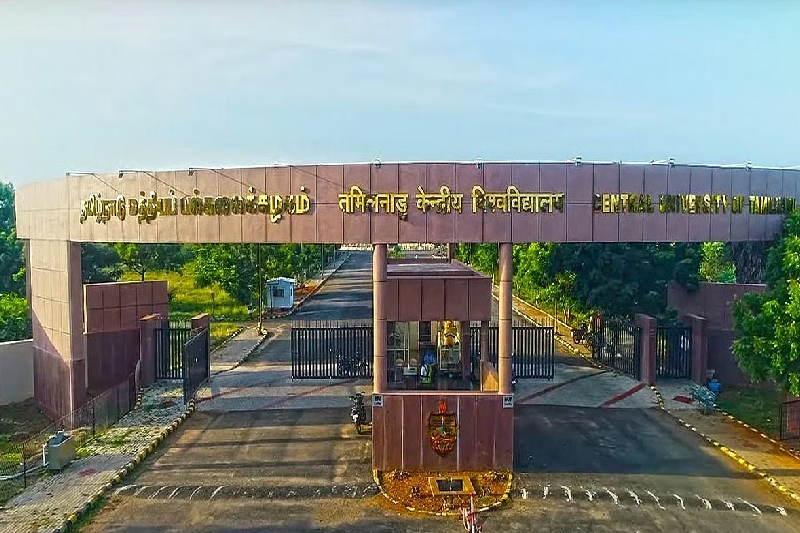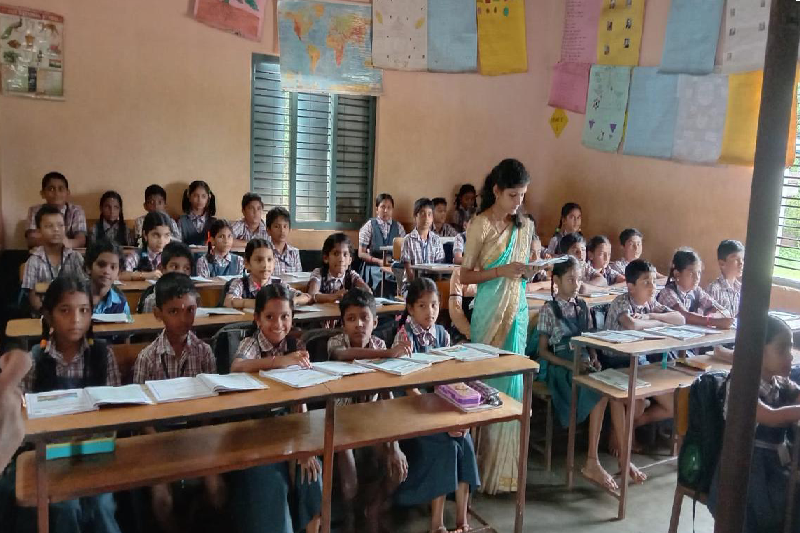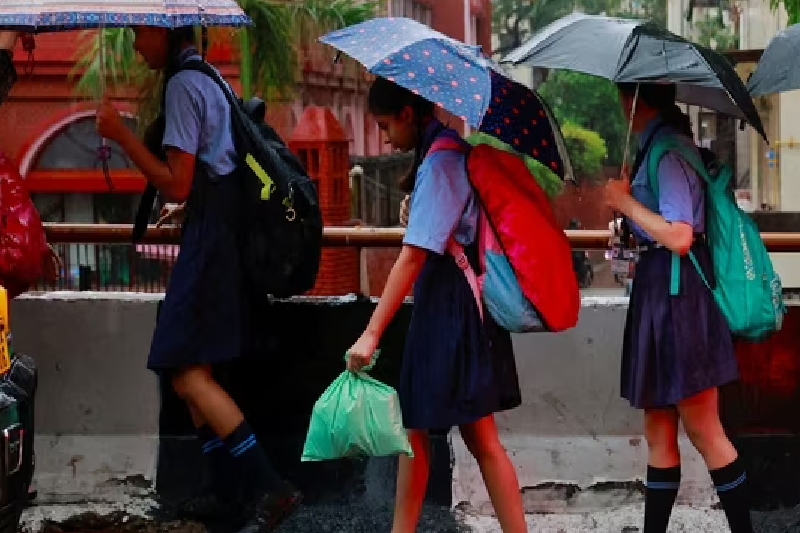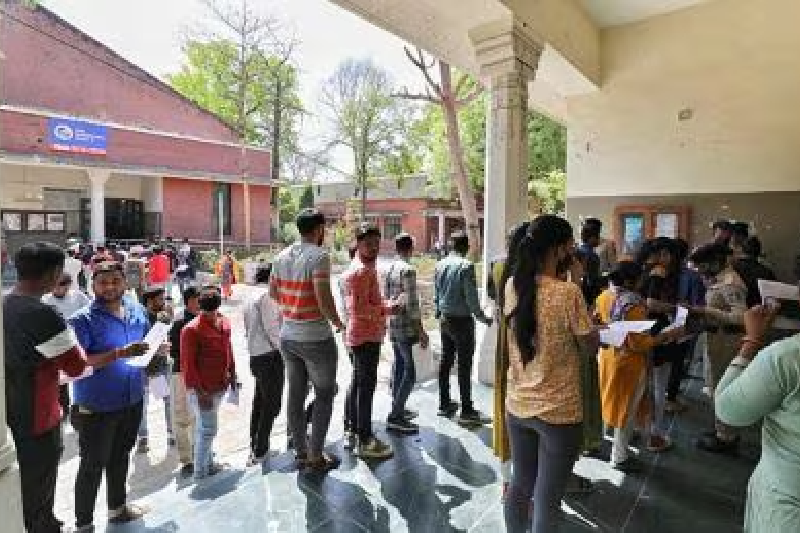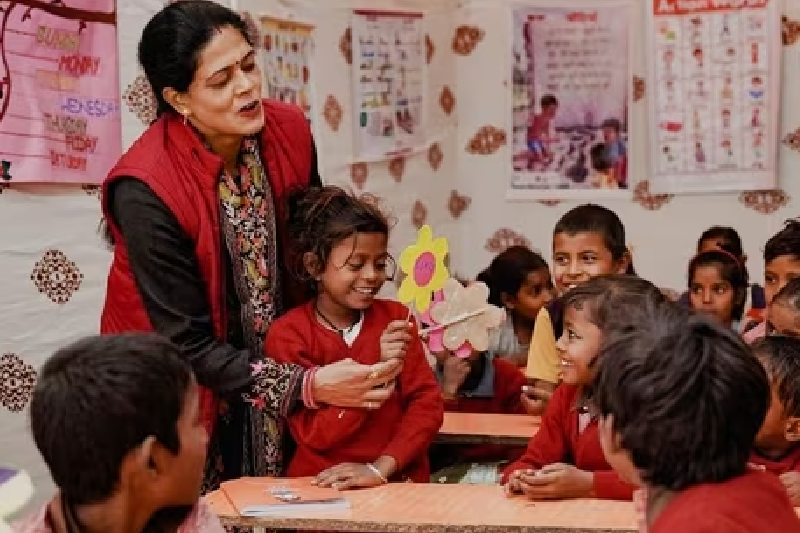
Early Learning on the Rise: 80% of Class 1 Students Enter with Pre-School Experience in 2024-25, Reveals UDISE+ Report
The landscape of early childhood education in India is witnessing a significant transformation. According to the latest Unified District Information System for Education Plus (UDISE+) report for 2024-25, 80% of children admitted to Class 1 had some form of pre-school experience—whether through anganwadis, private pre-primary schools, or preparatory classes within the same school. This marks a sharp rise compared to previous years, highlighting the growing emphasis on foundational learning before formal schooling begins.
Key Findings from the Report
The UDISE+ report reveals that out of 1.92 crore students admitted to Class 1 in 2024-25, 1.54 crore children (80%) had pre-school exposure. This reflects a consistent upward trend in early learning:
- In 2023-24, 73% of Class 1 entrants (1.37 crore out of 1.87 crore) had prior pre-school experience.
- In 2022-23, the figure stood at 77% (1.67 crore out of 2.16 crore).
- Between 2018-19 and 2021-22, the share of students with pre-school experience was far lower, ranging between 41% and 53%. For instance, in 2021-22, only 53% (1.02 crore out of 1.91 crore) of students had early learning exposure.
This growth signals a broader shift in how parents and policymakers are prioritizing early childhood education in India.
Private vs. Government Schools: A Narrow Gap
The data further reveals that 82% of Class 1 entrants in private schools had pre-school exposure, compared to 79% in government schools. While private institutions have traditionally been seen as the stronger driver of early learning, the narrowing gap suggests that public education initiatives—particularly through anganwadis and government-run pre-primary sections—are increasingly effective in preparing children for school readiness.
Policy Push: NEP 2020 and Its Influence
A critical driver behind this progress is the National Education Policy (NEP) 2020, which emphasizes universal access to early childhood care and education (ECCE). The policy envisions that by 2030, every child should undergo pre-primary education before entering Class 1. It also mandates that children should enter Class 1 only at the age of six or above, ensuring that they are developmentally ready for formal schooling.
The NEP recommends the establishment of ‘preparatory classes’ or ‘balvatikas’ across schools, staffed by teachers trained in early childhood education. These preparatory stages are designed to bridge the transition between home-based or anganwadi learning and the formal Class 1 curriculum.
Age Norms and Enrolment Patterns
The Union Education Ministry has been actively urging states to enforce the minimum age of six years for Class 1 enrolment. States like Delhi, Karnataka, and Kerala, which had not strictly followed this rule earlier, have now announced plans to implement it from the next academic session.
Officials believe this shift in age norms will likely lead to an increase in pre-school enrolments, as children wait an extra year before being admitted to Class 1. Consequently, more students are expected to arrive in primary school with some degree of structured early learning experience.
Fall in Total Admissions: A Side Effect
Interestingly, while the share of students with pre-school exposure has increased, the total number of Class 1 admissions has declined.
- In 2022-23, 2.16 crore students enrolled in Class 1.
- By 2023-24, admissions dropped to 1.87 crore.
- In 2024-25, the figure further reduced to 1.92 crore.
Officials attribute this decline partly to the enforcement of the six-year age rule, which has reduced premature admissions in many states.
Data Collection: A More Accurate Picture
Another reason for the sharp rise in pre-school experience percentages post-2022-23 is the change in the UDISE+ data collection methodology. Prior to 2022-23, figures were aggregated at the school level, which often left gaps in accuracy. Since then, however, student-wise details are being recorded, ensuring a more reliable representation of trends in early education participation.
The Ministry of Education has also acknowledged that several private pre-primary schools are still not part of the UDISE+ count. Efforts are underway to bring them into the system, which could further improve the accuracy and comprehensiveness of the data in the coming years.
Why Early Learning Matters
Research globally underscores that early childhood education builds critical cognitive, social, and emotional skills. Children with pre-school exposure tend to perform better academically in primary grades and adapt more smoothly to structured learning environments.
The sharp rise from just 41% in 2018-19 to 80% in 2024-25 highlights India’s progress toward strengthening the foundational years of learning. As states align with NEP guidelines and invest in early education infrastructure, the country is moving closer to the 2030 target of universal ECCE access.
Conclusion
The 2024-25 UDISE+ report presents a hopeful picture of India’s education system, with four out of five children now entering Class 1 better prepared through pre-school exposure. While challenges remain—such as ensuring universal coverage, training more ECCE-qualified teachers, and standardizing early learning quality—the trajectory is clear.
India’s policy reforms, coupled with changing parental preferences, are steadily reshaping the country’s educational foundation. With continued efforts, the goal of every child entering school equipped with the right start by 2030 looks increasingly achievable.
